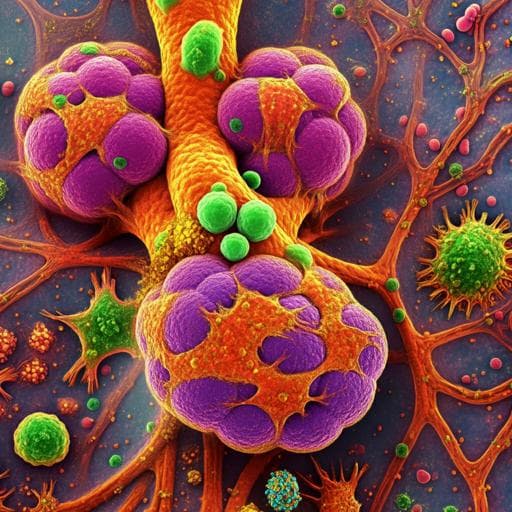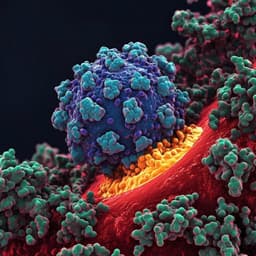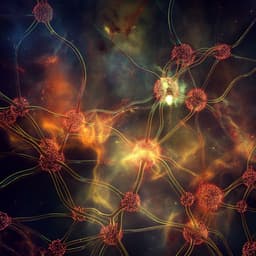
Medicine and Health
Hamster model for post-COVID-19 alveolar regeneration offers an opportunity to understand post-acute sequelae of SARS-CoV-2
L. Heydemann, M. Ciurkiewicz, et al.
This groundbreaking study by Laura Heydemann and colleagues explores alveolar regeneration in COVID-19 survivors using a Syrian golden hamster model. It reveals the role of CK8+ alveolar differentiation intermediate cells and highlights the mechanisms behind dysregulated regeneration and fibrosis, essential for understanding post-acute sequelae of SARS-CoV-2 infection.
~3 min • Beginner • English
Related Publications
Explore these studies to deepen your understanding of the subject.







